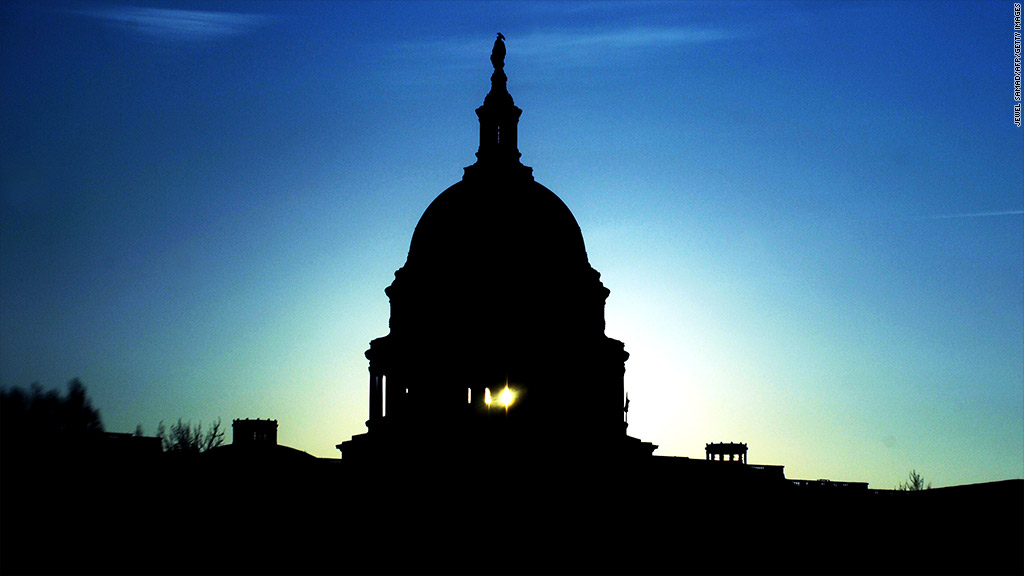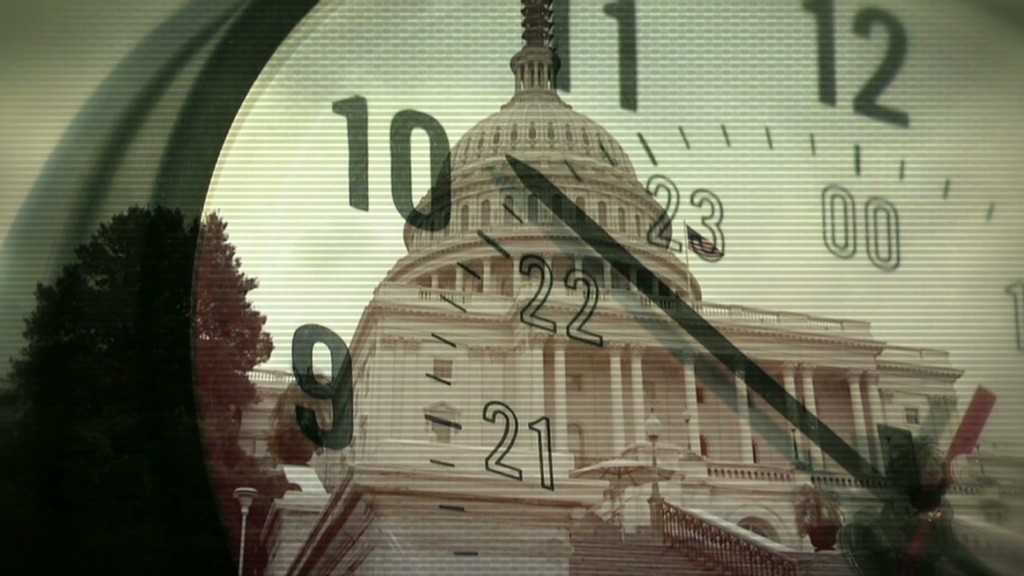
The political bickering over the automatic spending cuts has done little but cloud the public's understanding of what's going on and why.
So we'll try to set the record straight on at least a few oft-repeated misconceptions.
Myth 1 - Obama is to blame for the spending cuts: No. In fact, both sides got behind the idea and time has been wasted playing the blame game.
The so-called sequester was part of the deal to resolve the ugly debt ceiling fight that had dominated Washington for months in 2011.
The idea to include the measure first came from the administration, according to Bob Woodward's book The Price of Politics. But both chambers of Congress agreed to it by passing the Budget Control Act in August 2011, and President Obama signed it into law.
Since then neither party has made a serious effort to meaningfully negotiate a sequester replacement with their colleagues across the aisle.
Related: Obama signs order triggering cuts
Myth 2 - The world will be noticeably different right away: It really won't.
The sequestration order started the ball rolling on the across-the-board cuts federal agencies must make.
But it will take a little while for those cuts to be executed. And once they are -- assuming Congress does nothing to override them -- the ramifications will be felt over months, not a few weeks.
For instance, hundreds of thousands of federal workers will be furloughed -- but the duration and timing of those furloughs will vary. Some will start in April. Others over the summer.
And general public awareness of the cuts is likely to be delayed and uneven, since not everyone will be directly or even indirectly affected by every cut.

Myth 3 - It's not hard to cut $85 billion: That would be a fair point to make if the $85 billion were really being pulled from funding across all parts of the $3.5 trillion federal budget.
And it would be an even fairer point if the cuts were made strategically so as not to undercut what's working efficiently, and gratuitously dinging economic growth in the process.
But that's not how the sequester works.
The $85 billion in funding is being cut mostly from the smallest part of the budget pie -- discretionary spending, which has already been subject to lower spending caps in the past two years.
Related: When the spending cuts will really bite
And it must be cut from funding over seven months -- March 1 to Sept. 30 -- as opposed to a full 12 months' of funding for the fiscal year. That means the percentage cuts to programs will need to be steeper.
To make matters worse, agencies will have little discretion about what gets cut since the sequester mandates that the cuts be made by the same percentage to every non-exempt area. Efficient programs will be axed right along with bloated or duplicative ones.
"The sequester mechanism was drafted in order to prevent flexibility by imposing the cuts all the way down to the program, project and activity level. The point was to make sequester so unpalatable that it would force Congress to address difficult choices," budget expert Charles Konigsberg said.
Well, clearly that hasn't worked so far.
Myth 4 - The cuts will hurt the economy badly, or they won't be a big deal: The economy will be affected. Just how badly no one can say with certainty.
The baseline assumption: The spending cuts, if kept in place all year, will reduce economic growth for 2013 by 0.6 percentage points and reduce the number of full-time jobs created by 750,000, according to the Congressional Budget Office.
Even counting the cuts in combination with the tax increases approved in the fiscal cliff deal and expiration of the payroll tax cut, the CBO estimates the economy would still grow at an inflation-adjusted 1.4% this year.
That's hardly recession territory. But it's tepid growth for what is supposed to be an economic recovery.
And some worry the consequences of the cuts may be worse than expected because of the knock-on effects that aren't always taken into account.


